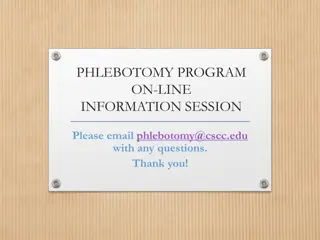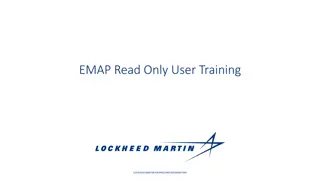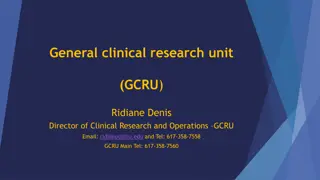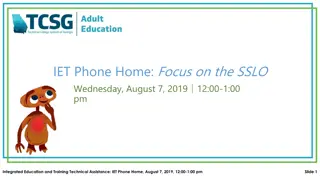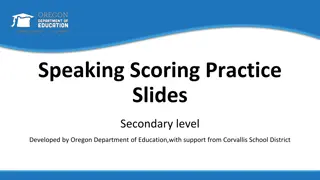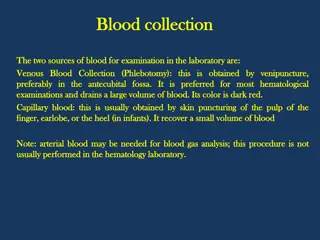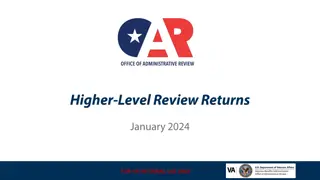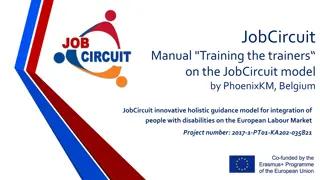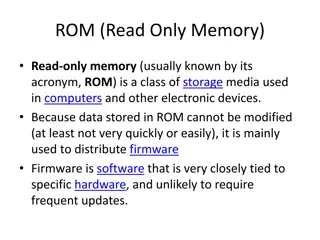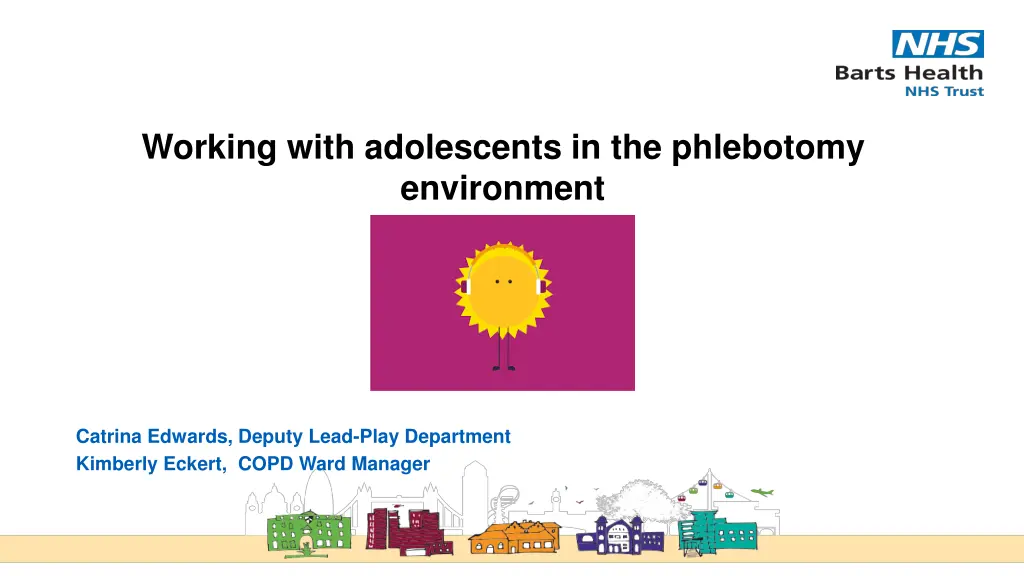
Effective Communication Strategies for Working with Teens in the Phlebotomy Environment
Enhance your communication skills for working with adolescents in phlebotomy settings by understanding the nuances of teenage behavior, utilizing various communication methods, and building rapport. Discover tips, techniques, and best practices to ensure a positive interaction that fosters trust and understanding with teenage patients.
Download Presentation

Please find below an Image/Link to download the presentation.
The content on the website is provided AS IS for your information and personal use only. It may not be sold, licensed, or shared on other websites without obtaining consent from the author. If you encounter any issues during the download, it is possible that the publisher has removed the file from their server.
You are allowed to download the files provided on this website for personal or commercial use, subject to the condition that they are used lawfully. All files are the property of their respective owners.
The content on the website is provided AS IS for your information and personal use only. It may not be sold, licensed, or shared on other websites without obtaining consent from the author.
E N D
Presentation Transcript
Working with adolescents in the phlebotomy environment Catrina Edwards, Deputy Lead-Play Department Kimberly Eckert, COPD Ward Manager
Contents Communicating with teens Not all teenagers are the same Top tips Teen phlebotomy Positioning Questions?
Communicating with teens Verbal Speech, making sounds. Non-Verbal Gestures, Facial Expressions, Writing, Cue Cards, Pictures, Body Language, Sign Language, Makaton, Photos. It is a three way process of talking, listening, clarifying with Children, Young People and their Families. Talk, Listen, Understand. Effective communication is linked to the environment and other people. (Pardey 2016 p.12). Information and communication technology (ICT) is embedded in CYP daily lives . (Binns and Hicks 2012).
Not all teenagers are the same Effective communication = Increase confidence in hospital and staff Reduce anxiety Build rapport Build trust Increase understanding Helps young people/families feel more involved in their condition and healthcare experience
Top tips for communicating with teens (12+ years) More abstract logic & reasoning thinkers Communicate honestly Involve young people in care and decisions. Help them to become active participants Trying to develop own identity & independence Communicating with them can be challenging due to social pressure & hormonal changes Parents of adolescents are generally fine, but at times may need support
Choice of Words Confusing words Sorry Bravery Praise Finished Use soft words not harsh words
Communicate in an empathetic and caring way Use language that is age-appropriate Importance of honesty Treat patients as individuals Communicating with teens Check understanding Empower patients Demonstrate approachability and friendliness Find time to build a rapport
Teen phlebotomy Introduce yourself Get down to there physical level Take into consideration developmental level Be mindful of language barriers Observe their body language and non-verbal cues Use age appropriate language Listen Limit the amount of people in the room Give patients an active role
Positioning Being restrained can increase anxiety and loss of co-operation. This can be intensified when a painful procedure is taking place! Positions for comfort allow for increased safety, perceived control and co- operation during a procedure. It is important to get the young persons input on what position feels best for them.
One Voice One voice should be heard during the procedure Need for parental involvement Educate the patient before the procedure about what is going to happen Validate a child with your words Offer the patient the most comfortable, non-threatening position Individualise your game plan Choose appropriate distraction to be used Eliminate unnecessary staff who are not actively involved with the procedure









